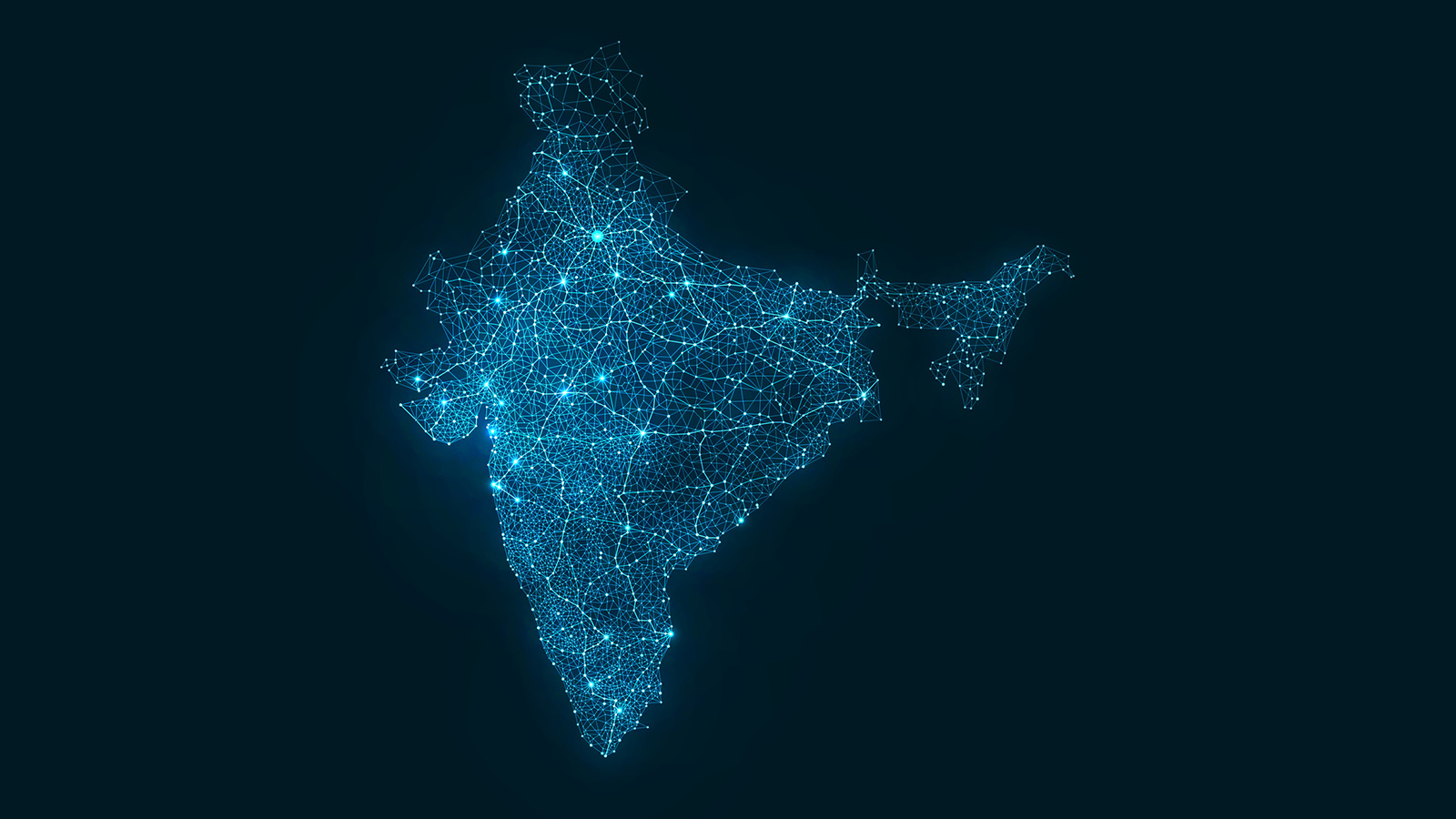For global retailers expanding internationally and the managed service providers that support them, India represents an enormous opportunity — as well as some big challenges.
India’s retail sector is projected to grow to $1.3 trillion by 2020, up from $672 billion in 2017, thanks to rapid urbanization and digitization, rising disposable incomes, and lifestyle changes, according to retail real estate consultancy Anarock Retail.
And contrary to previous predictions, India’s appetite for brick-and-mortar retail stores is not waning. Global retailers, including Walmart and IKEA, are taking advantage of the government’s decision to allow 51 percent FDI (foreign direct investment) in multi-brand retail and 100 percent FDI in single-brand retail and the introduction of the Goods and Service Tax (GST) as a single unified tax system in 2017.
Before you get started on your retail tech deployment in India, do your homework and follow these four tips.
1. Do Your Due Diligence
Of course, as in any retail tech deployment, it’s critical to understand the retailer's goals for the project, their operational and budgetary challenges, their pain points, and the opportunities for optimizing customers’ experiences in interacting with new technologies.
In India, retailers and managed service providers must also understand national and international trade and tax laws, cultural differences, currency contrasts, labor laws, FDI laws, and how to establish a business entity abroad.
Further, entering into India's retail markets requires careful analysis of existing consumer preferences, sales channels, market conditions, the legislative climate, and changes in distribution and marketing practices, all of which are continually evolving.
But also keep sight of prerequisites for success in the IT business anywhere, and apply business basics to your endeavors in India, including:
-
Laying out a highly-detailed, step-by-step strategic plan.
-
Educating yourself on all of the above due-diligence items.
-
Consistently following up, to ensure that all requirements and preferences are clear.
-
Making a full commitment to overcome all challenges, while adhering to industry best practices and doing what is necessary to exceed expectations.
2. Partner With An Indian Company
As a Kinettix partner in India puts it: “A U.S. company cannot operate without an Indian partner." Even with changes to FDI regulations, foreign companies still need a market inroad as well as a financial partner in the enterprise.
Strategic partnerships are increasingly becoming the preferred approach for global companies to enter the Indian market because they often lack the brand awareness and knowledge of distribution and local regulatory relationships necessary for success in India, industry experts recently told Entrepreneur India.
“It’s important that global players are thoughtful in choosing the right partner, and evaluate every association on parameters such as cultural fit, stakeholder expectations, and governance in addition to the commercial terms,” InnoVen Capital CEO Ashish Sharma told the publication.
3. Understand India's Geographic Diversity
India consists of four economic regions: North India, South India, East and Northeast India, and West India. In these regions, Tier 2 cities are recommended as the most advantageous areas for investment. That's because retailers and telecom companies are currently beginning to establish their presence in those markets.
Currently, there are eight Tier 1 cities in India: Bangalore, Delhi, Chennai, Mumbai, Pune, Kolkata, and Hyderabad. The country's Tier 2 cities include Nagpur, Agra, Jaipur, Lucknow, and Chandigarh. The remainder of Indian cities across all four economic regions of the country are Tier-3 category cities.
Here’s what U.S. companies should know about India’s four economic regions:
North India
Generally speaking, North India is less commercially and otherwise economically developed than the Western or Southern regions. That said, certain Northern economic sub-sectors are more robust than others. Some of the strongest in the North include agri-business, renewable energy (especially solar), medical goods, consumer goods, automotive, and machine tools.
Northern India also offers strong opportunities in travel and tourism, trade and investment promotion, and education. North India does have a large population and substantial wealth. Punjab has especially strong U.S.-American ties, as around 350,000 Punjabis live in the U.S. Punjab also has a comparatively strong consumer culture. It is, in fact, one of India’s leading markets for luxury goods.
South India
According to India’s DIPP, and the World Bank’s "Ease of Doing Business" assessment, Telangana and Andhra Pradesh in India's Southern economic region are the nation's top-ranked states. The region is also an education hub.
Tamil Nadu is an important manufacturing state. Its capital city of Chennai is the center of operations for numerous Indian healthcare, automotive, IT, and financial services companies. Coimbatore and Madurai are also economically robust cities with numerous engineering companies and textile mills.
Bengaluru (Bangalore) is the high-tech hub of the country, and it's a principal industrial and commercial center of the South region. Infosys Technologies, Wipro are Indian tech giants centered in Bengaluru. So, it makes sense that the city is known as India's Silicon Valley. The city has major defense, aerospace, biotech, and electronics industries, and an aggressive retail market.
East and Northeast India
West Bengal is the nation's fifth-largest local economy. Jharkhand and West Bengal are the most industrialized states of Eastern India.
The East & Northeast region is India's largest rice and jute fiber producer and its second-largest tea producer. The region also supports major iron, coal, copper, mica, bauxite, uranium, limestone, and other mining operations. The major economic producers in the region are agriculture, agri-based industries, petrochemical, services, power generation, and paper manufacturing.
Growing industries in the region include engineering, IT, construction, steel, healthcare, hospitality, and food processing. Automobile manufacturing and related industries, and engineering are other leading economic producers.
West India
The Western region has a large urban population, and it's more highly industrialized. The region includes the states of Gujarat, Chhattisgarh, Madhya Pradesh, Goa, and Maharashtra. Mumbai, which is India's business, financial, and entertainment capital, is located in the Western region.
This region leads the nation in the production of textiles, petrochemicals, pharmaceuticals, and diamonds. Some of the world's most well-recognized corporations are located in India's Western region, including Reliance, Godrej, Aditya Birla Group, Tata, and Mahindra and Mahindra, among others.
The Western region is also the center of India's growing global services sector. Various multinational banks and financial institutions are located in Mumbai. The Reserve Bank of India (the country's central bank) as well as the country's two largest Stock Exchanges (BSE & NSE), and its two largest insurance companies (LIC & GIC) are all located in Mumbai.
4. Focus on a Specific Region
Especially for small to mid-sized U.S. technology services, we strongly advise approaching the Indian markets regionally. Obtaining sound, actionable insights based on information provided by local industry sources is incomparably valuable for foreign companies interested in doing business in India.
Business-savvy locals possess a wealth of first-hand experience, knowledge, or at least up-close exposure. Relying on their knowledge sharing is one key to developing the level of deeper understanding that a foreign entrepreneur needs in order to reasonably expect success in a country as large and diverse as India.
U.S. Commercial Service offices, which are available in Mumbai, New Delhi, Ahmedabad, Bengaluru, Chennai, Kolkata, and Hyderabad, are excellent official resources for information on local market environments.
The professionals at these locations are well-connected with local leaders in business and economies. Multiple agents may serve markets in various geographic areas of the country. They can provide you with exceptionally well-grounded advice on the kind of project you want to pursue.
At Kinettix, we have established partnerships that can help you navigate the challenges of doing business in India and maximize your investment in this emerging market. Contact us for a consultation and to learn more about how we can help ensure that your retail tech deployment is a success.






